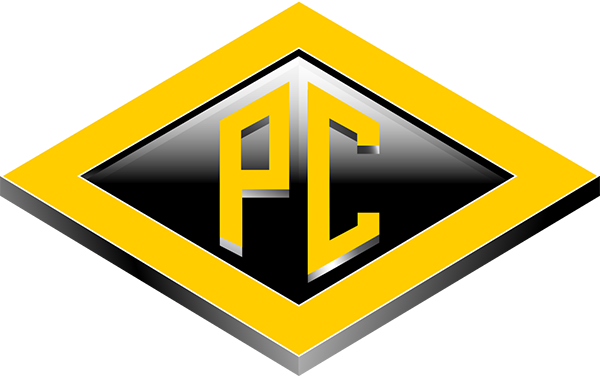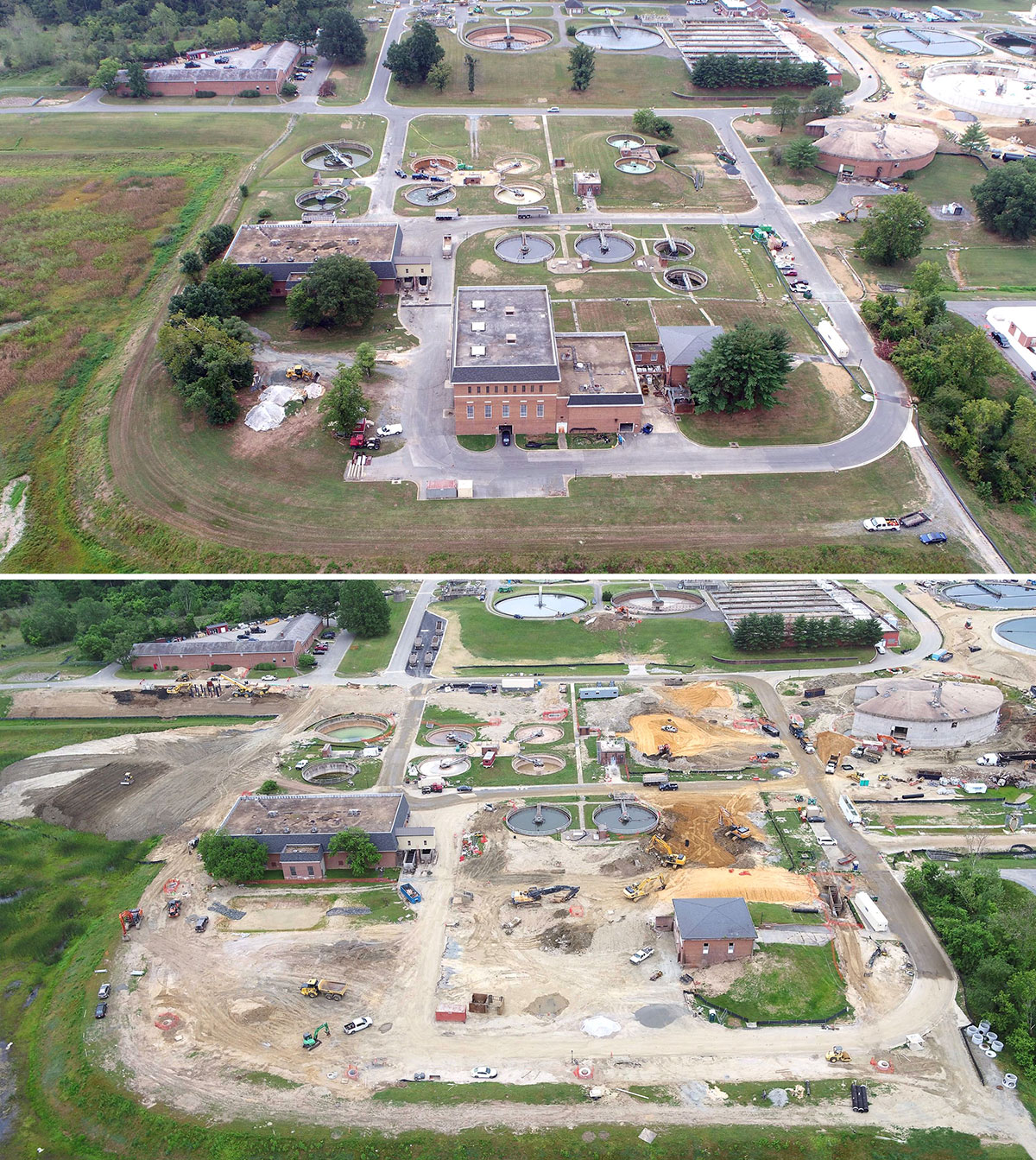In April, the WSSC Water Commissioners approved Phase 2 funding, allowing PC to begin construction of the design-build Piscataway WRRF Bio-Energy Project in Accokeek, Maryland. The $228 million for Phase 2 brings the total investment in the green-energy project to $270 million and marks the final funding needed to construct WSSC Water’s largest and most technologically advanced project. At the heart of the project is how WSSC Water handles biosolids produced by the wastewater treatment process.
This new bio-energy facility will use thermal hydrolysis process (THP) and anaerobic digestion to treat the biosolids and a sidestream process to treat the nutrient rich effluent from the dewatering process. The project is also designed to capture and clean the digester gas to feed back to the Washington Gas pipeline and/or to be used in the new CHP facility to generate electricity and steam to feed the THP process. Surplus electricity generated can also be fed back to the electrical grid.
The facility has been designed to meet WSSC Water’s anticipated 2040 capacity with the THP’s capacity of 88 dry tons per day. The two digesters have a combined volume/capacity of more than 3 million gallons.
In addition to the major process facilities, the project also includes gravity thickening, a cake receiving facility that will accept solids from WSSC Water’s other WRRF’s, pre- and post-dewatering facilities, digested sludge storage, odor control facilities, a post-dewatering cake storage facility, and a gas storage and cleaning facilities.
Using cutting-edge “green” technology, the new facility will significantly reduce the amount of biosolids resulting from the treatment process, thus reducing costs to haul and dispose of the product. The remaining biosolids will be significantly cleaner (Class A), making the disposal process much easier and allowing the final product to be suitable for sale and distribution as fertilizer. This new process will reduce operating costs and is anticipated to save WSSC Water customers more than $3 million per year. Additionally, by recovering the digester gas and using it to help run the facility, WSSC Water will reduce their greenhouse gas emissions by 15 percent.
PC is underway with Phase 2 work as we continue toward completion of Phase 1 early work activities, referred to as the enabling work package, which includes demolition of existing facilities, hazardous materials abatement, site preparation and site utilities enhancements. This Phase 1 work is about 75% complete with most major demolition nearing completion. All work associated with the Phase 1 site preparation is scheduled to be complete in late August 2020.
To complete this project, PC is teaming with leaders in these specialized facilities – Stantec and Hazen and Sawyer. This winning combination brings together PC’s construction experience – including the largest THP facility in the world – with Stantec’s history of designing nearly half of the world’s THP facilities and Hazen and Sawyer’s biosolids and sidestream treatment expertise.
We are excited to collaborate with WSSC to move this environmentally significant project to successful completion. Stay tuned for more updates as this project progresses.
Photos: A look at the Piscataway WRRF site prior to construction (top) and currently (bottom).

